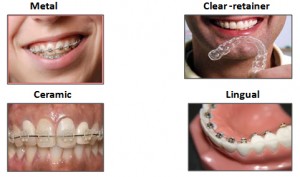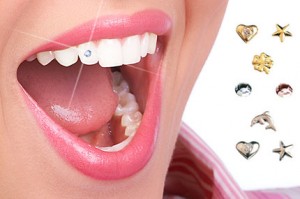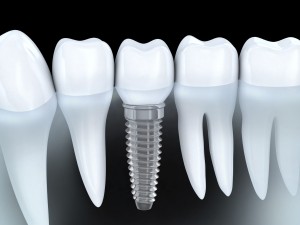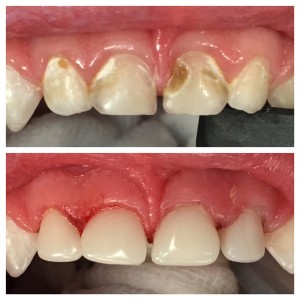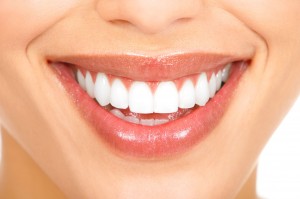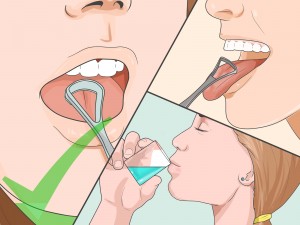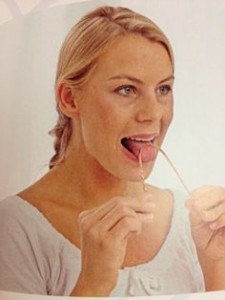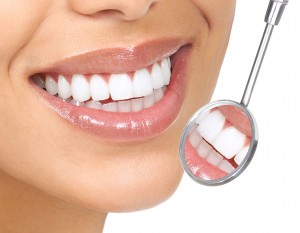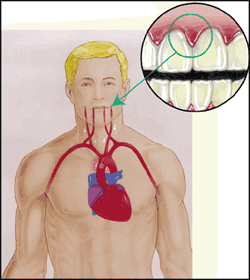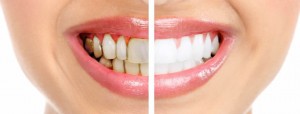Orthodontics – the word comes from the Greek ‘orthos’, meaning “straight, perfect or proper”, and ‘dontos’, which means “teeth”.
An orthodontist helps in-
- Closing wide gaps between the teeth
- Making sure the tips of the teeth are aligned
- Straightening crooked/ crowded teeth
- Improving speech or eating (oral function)
- Improving the long-term health of gums and teeth
- Preventing long-term excessive wear or trauma (of the teeth)
- Treating an improper bite
Orthodontic treatment commencement-
Treatment starts mostly about 12 or 13 years old when the adult teeth have fully erupted.
Good oral hygiene is important before any orthodontic work starts.
The treatment may last from few months to number of years depending on the case.
Different forms of orthodontic treatment include-
1.Fixed space maintainers
If the child loses a milk tooth, a space maintainer stops the two adjacent teeth from moving into it till the adult tooth comes.
- Metal braces/Traditional braces
These are made of metal brackets and wires. This is the first thing which come into people’s mind when they hear the word “braces.”
- Ceramic Braces
These are of the same size and shape as metal braces, but they are tooth-colored that blend in to teeth.
- Lingual Braces
Lingual braces are the same as metal braces, but the braces are placed on the inside of teeth.
- Invisalign/ Clear Aligners
They consist of a series of 18 to 30 removable custom-made, mouth guard-like clear plastic aligners which are to be replaced every 2 weeks.

